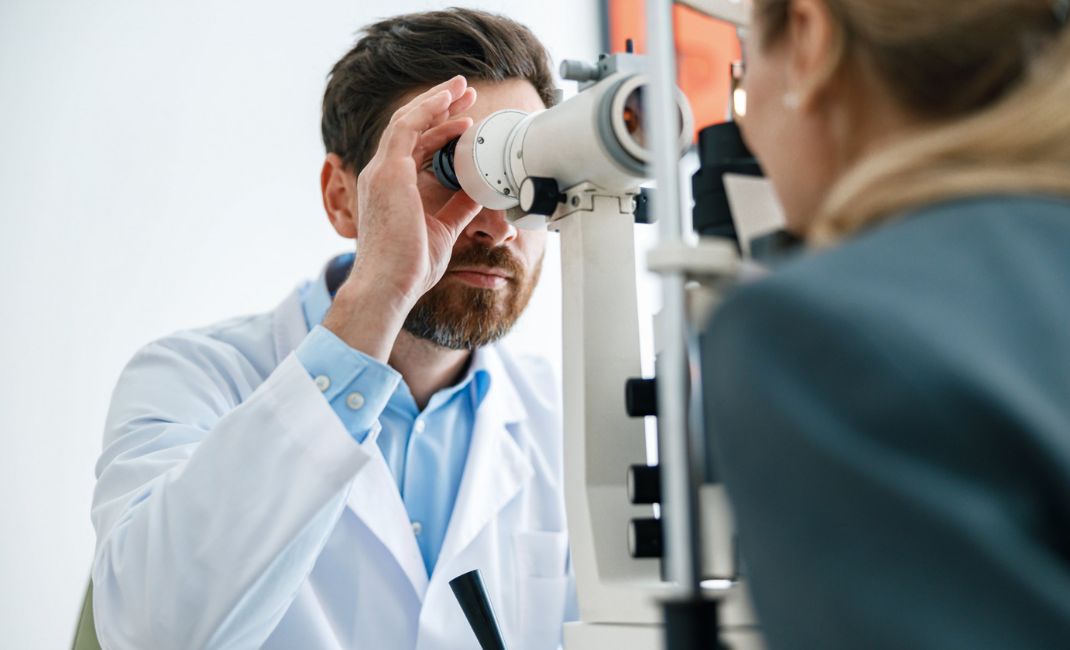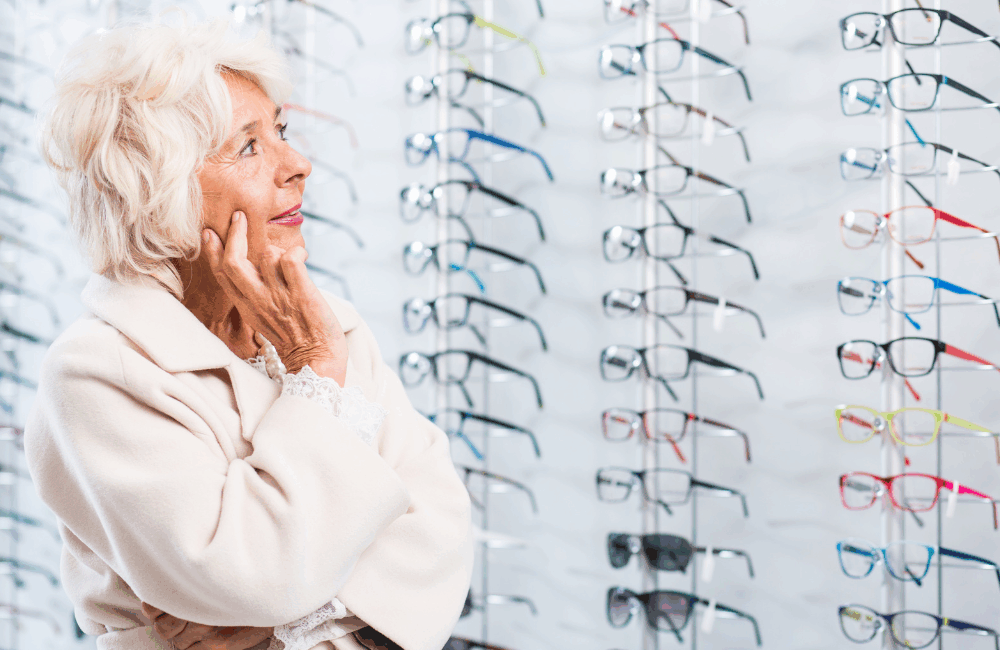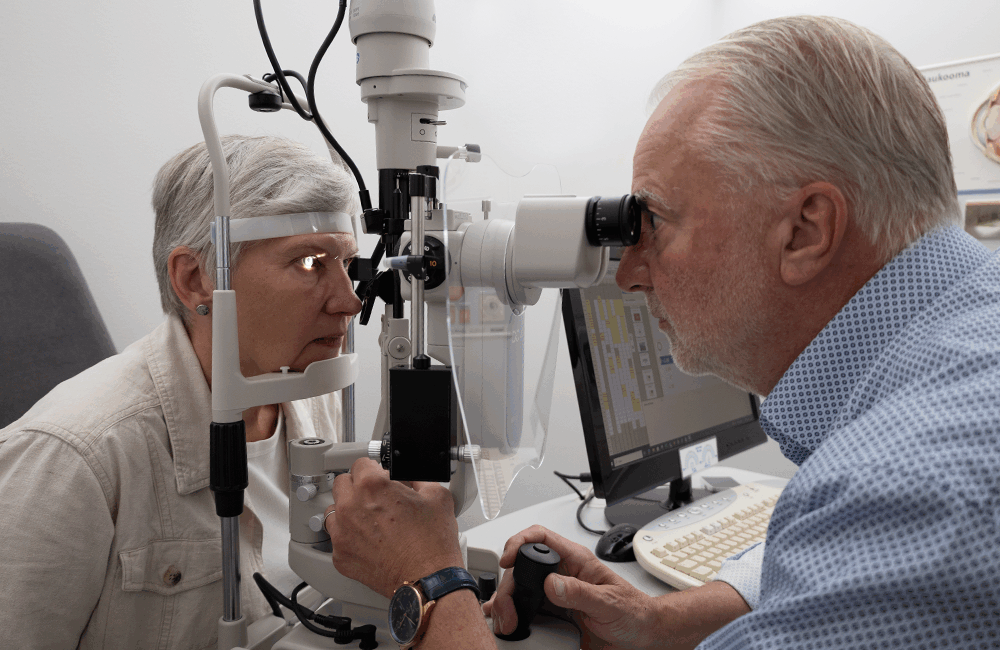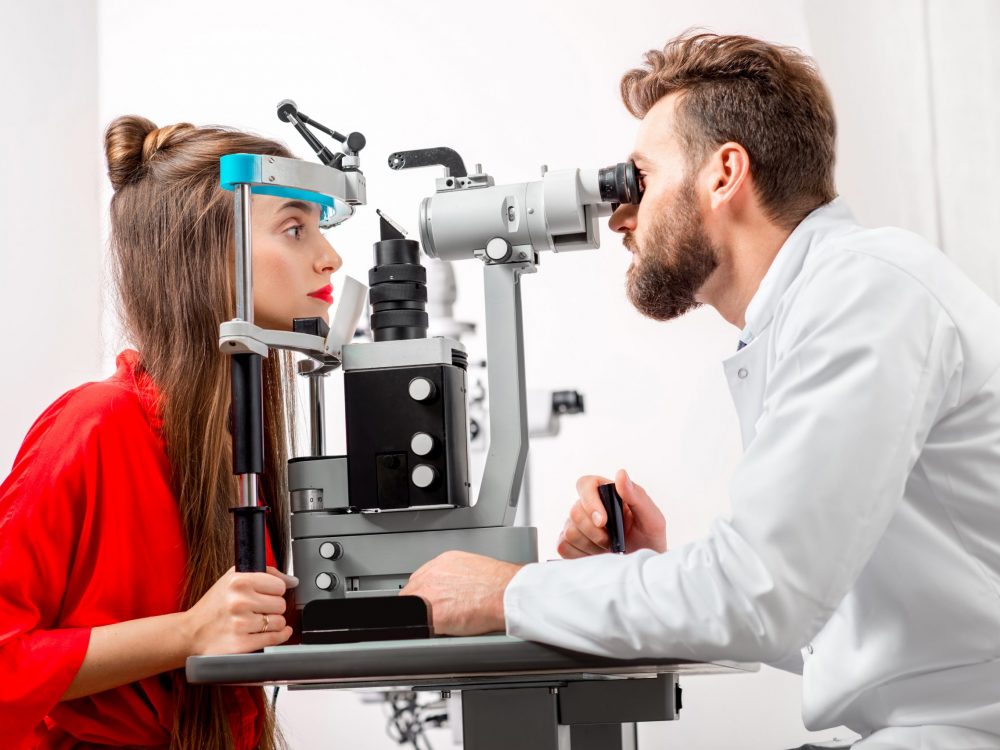
An ETU (Federation of Finnish Special Commodity Trade) health care sector study reveals that 14% of Finns suffer from an eye disease diagnosed by a doctor. Eye diseases become more common with age, so the number can be expected to increase along with the aging population. In order to shorten eye health treatment queues, cooperation between the private and public sectors is needed, especially regarding the wider use of service vouchers. This would improve the availability and accessibility of treatment in several wellbeing services counties and reduce costs.
In ETU’s recently published survey “Enemmän terveyttä – mikä kannustaa toimintakyvyn ylläpitoon?” (More health – what encourages maintaining functional capacity?), 14% of respondents reported that they have an eye disease diagnosed by a doctor, for example, diabetic eye disease, glaucoma, age-related macular degeneration or cataracts. This is especially emphasized in the wellbeing services county of Päijät-Häme (21%).
“The numbers are already shockingly large and growing rapidly. The share of people over 65 in the population is increasing quickly and, because the prevalence of eye diseases is fundamentally linked to the aging of the population, so is the number of people being diagnosed with eye diseases. 14% in the research amounts to 780,000 citizens”, says Panu Tast, managing director of Finnish Association of Vision and Eyecare NÄE ry.
According to the survey, the state of health of Finns is worrying anyway, as more than half (58%) of the respondents regularly take medication prescribed by a doctor for a long-term illness. This is highlighted statistically in the wellbeing services counties of South Karelia (76%) and Ostrobothnia (73%).
Eye health and vision are paramount cornerstones in terms of preserving the functional capacity of an aging population. 69% of the survey respondents wear glasses, contact lenses or prescription sunglasses.
“We have previous research data that indicates that Finns are a nation of eye glasses. The fact that the results of the study show that the total usage is so high still comes as a small surprise. 92% of people over the age of 65 need either contact lenses, eye or sunglasses in their everyday life, and even more than half (58%) of 35-49-year-olds,” says Tast.
The cooperation of the private and public sectors plays a significant role in breaking up eye health care queues
The majority of respondents (82%) have experience in both public and private health care and services. The most commonly used healthcare services among the respondents are municipal health stations (64%), occupational health doctors (39%), private medical centres (35%) and optics stores (27%).
“Optic stores are rising to the top, because help with eye health problems is primarily sought from such professionals. The public sector practically does not provide basic ophthalmology and other eye health services, whilst they are provided in optics stores. In the light of the study, citizens believe that it is fairly irrelevant whether the services produced with public tax funds are provided by the public or private sector. The significance is that the services are available and are affordable when needed. It would be possible to break up the long treatment queues for eye health in several wellbeing services counties by taking service vouchers into more comprehensive use,” says Tast.
74% of respondents who used a service voucher consider it to be a very good or fairly good solution
“According to the study, customers are very satisfied with the use of the service vouchers. I encourage the wellbeing services counties to first calculate the costs of their own production and find out whether services paid for with public tax money could be produced at the same cost or more cheaply on the private side. In terms of eye health, service vouchers are already being used with good results in cataract surgery and eye care for schoolchildren, but there is a great deal of room for expansion,” sums up Tast.
According to the study, significant differences in public and private health care and services are in the availability and accessibility of care and services (e.g. waiting times, booking an appointment, access to treatment).
“The same differences are also repeated in eye health services, where queues for treatment exceeding the statutory care guarantee limit are chronically prolonged in almost all wellbeing services counties. It wouldn’t be wrong to say that we are experiencing a public eye health crisis in Finland. I sincerely hope that the wellbeing services counties take a cue from the study’s message and set out to do two things, that is, find out where the services can be produced most economically from a budget perspective and see what kind of service production solution can be used to quickly bring the treatment queues to the level required by law.”
The results of the study were announced at the “Aikaansaava terveydenhuolto” (Effective Health Care) Health Care Seminar on September 4, 2024, which was attended by more than 200 individuals interested in health care from many different sectors.
The study was carried out by Taloustutkimus Oy on behalf of Federation of Finnish Special Commodity Trade ETU ry. Study n=2,078. The target group of the study was all Finnish consumers between the ages of 18 and 79 nationwide. The data for the study was collected on the Internet panel of Taloustutkimus between 29.7.–5.8.2024. The data is weighted according to gender, age and place of residence in order to match the population distribution.
ETU Health Care Sectors includes the specialty trade association’s member organizations Vision and eye health NÄE ry, Pharma Industry Finland, Lääke- ja terveyshuolto ry, Health Product Wholesalers in Finland, and Terveystuotekauppiaiden liitto ry.
Appendix: Enemmän terveyttä – mikä kannustaa toimintakyvyn ylläpitoon? -tiivistelmä (in Finnish)
Additional information:
Panu Tast
Managing director, Finnish Association of Vision and Eyecare NÄE
panu.tast@naery.fi


